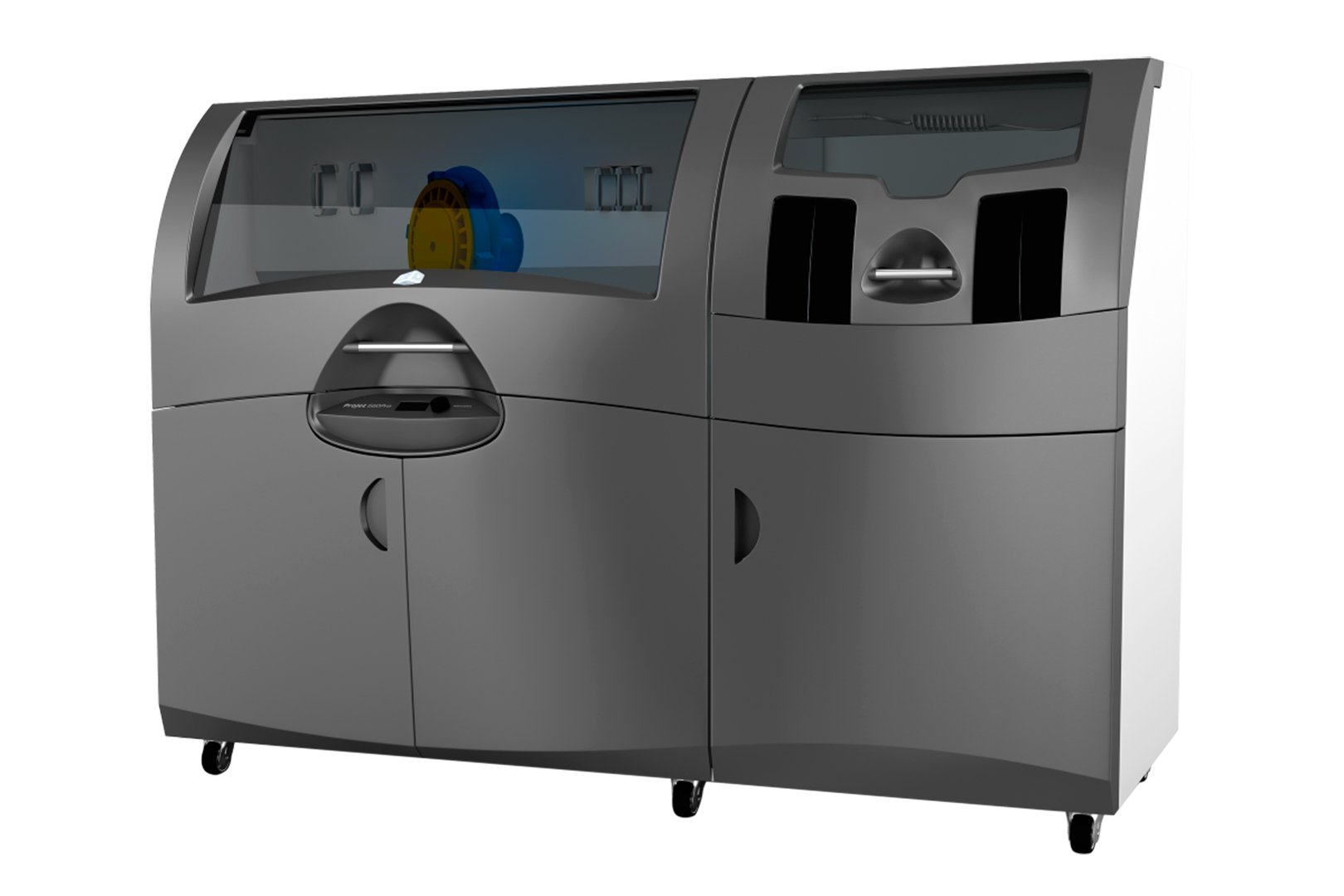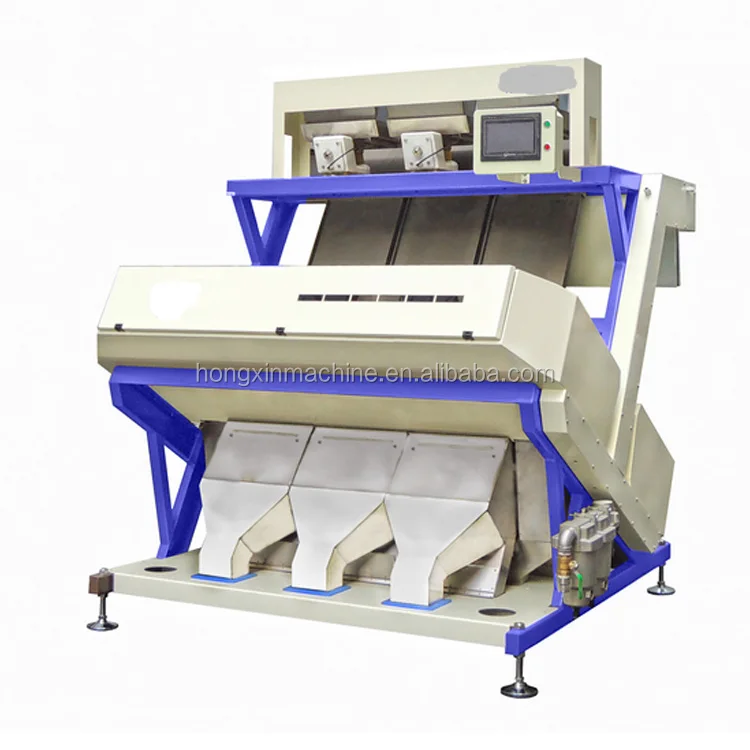

This means that, depending on how light is reflected, we all see colors a bit differently.


Using hue, intensity and saturation, the color vision system can sort the center blue ball from the others.ĭefined as the perceptual result of visible light reflected from an object to our eyes, color represents an interpretive concept. Looking at hue and intensity is better, but still not enough. The vision task is to sort the center blue ball form the othersīecause many balls contain a blue hue, sorting by hue alone is not enough. What types of color parts do color vision systems verify, sort and inspect? Before discussing specific ways in which this technology works on the factory floor, it might be helpful to gain a better understanding of color itself and how machine vision systems interpret it.
FIND THE COLOR MACHINE VERIFICATION
Specifically, manufacturers use color vision to solve three primary vision applications:Ĭolor verification - Verifying that a certain part's color matches what the vision system is programmed to find.Ĭolor sorting - Sorting parts based on color.Ĭolor inspection - Inspecting colored parts for defects that grayscale image processing tools can't detect. For this reason, manufacturers use color machine vision technology to inspect parts in ways that could not be done using traditional grayscale machine vision systems. However, what happens when the questions turn to "Is this part the correct color?" or "Which parts are orange and which red?" Because traditional grayscale machine vision technology makes decisions based on 0-256 shades of gray, inspecting colored parts automatically is unreliable in many cases and impossible in others. Using a combination of hardware and machine vision software, the vision system analyzes the image and provides a mathematical answer to questions such as "Where is the part located?" "How long is the part?" and "Are any defects present?" On a typical production line, for instance, a sensor detects a part and signals a video camera positioned above or to the side of the inspection point to capture an image and send it to a machine vision processor. With its advanced color-processing capabilities, color machine vision solves problems and performs tasks that once required human vision. Manufacturers continue to find new ways to apply machine vision - commonly called automated inspection - to improve productivity and quality in the manufacturing process. While grayscale analysis would be enough to determine the presence of wires and their connection to the pads on this circuit (bottom), it takes color vision to determine that the red and black wires are connected to the correct pads (top). Advanced color vision systems give users more flexibility and a wider range of inspection options.Ĭolor Vision at Work.


 0 kommentar(er)
0 kommentar(er)
